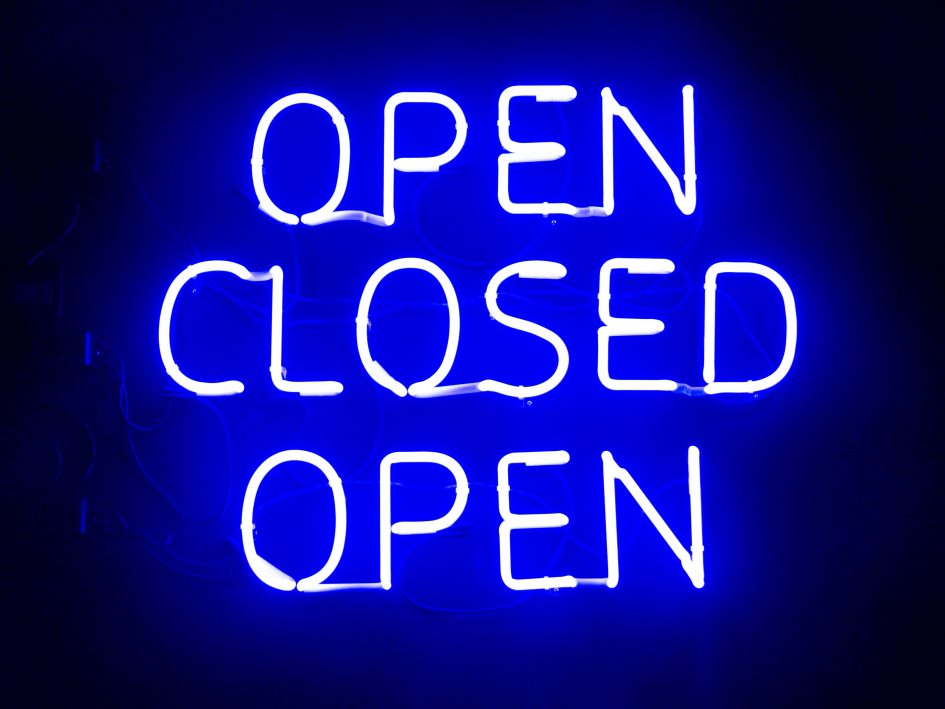News came last week that brewery taprooms and brewpubs (along with other licensees except nighclubs) will be included in the first phase of the Alberta government COVID-19 re-opening strategy, with restrictions. This news came as a bit of a surprise to many in the industry who were expecting to have to wait until at least phase two.
We are now a couple days away and breweries have had a few days to decide whether to open. The question is: will they?
After the news broke I contacted more than a dozen breweries around the province to find out their plans. I spoke with them on background and so I am not prepared to identify specific breweries (I will leave them to make their own official announcements).
The conditions being placed on breweries are similar to restaurants. Fifty percent capacity, no bar service, respect for social distancing and appropriate personal protective equipment (PPE) and procedures for staff. AGLC informed me “no bar service” includes no one sitting at the bar – so tables only. As of writing the Alberta government has released some general guidelines about safe operation, but nothing specific for breweries.
Under these conditions, I think there are three general approaches being taken by breweries in Alberta (if my sample is representative).
Planning to Open
Some of the breweries with which I spoke are planning to open on Thursday or in the days shortly after. They seem to fall into two categories.
First, there are some (not all) full-service brewpubs that will be opening with reduced hours and/or menu. This group has been hardest hit by the closure as they lost most of their revenue, including all of their non-beer income. There is some economic necessity in it for them to open as soon as they can, but all are still highly concerned about safety for both workers and customers.
Second, there are some breweries that have patios and/or a larger, more open taproom space. These breweries feel if they restrict to either patio-only customers or sufficiently space the tables inside, they can make it work safely. These places generally don’t serve food and so the customer/server interaction is quite simple and staffing needs minimal. Here, I think, the physical design of the space determines the ability to do this, as well has having enough capacity to make a reduction still worthwhile economically.
Need More Time
The second group of breweries are preparing to open but simply need more time. What I heard from this group is that logistical and safety concerns needing to be worked out require more than a few days notice. These breweries indicate plans to open sometime in the next two to four weeks, if phase one goes as planned.
This group includes larger full-service locations where the owners emphasized the complexity of re-opening, including scheduling, food orders, space redesign and procuring appropriate PPE. These breweries want to take a bit more time to make sure they do it right.
Some taproom-focused breweries also need more time. A couple noted they have almost no kegs left, having shifted everything to packages in response to the closure of pubs and the increase of pick-up and delivery, meaning they would have nothing to serve if they did open. These breweries will need a couple of weeks to replenish keg stocks.
For the smallest taprooms – those offering a bar and a few tables – the restrictions make it too challenging to open. If no one can sit at the bar and they have to remove half their tables, their effective capacity might be under 10 people, hardly making it worth opening the doors. Besides, these locations tend to be physically small, increasing the degree of difficulty in ensuring social distancing.
Still Too Soon
A third group of breweries are quite clear they believe it is still too soon to re-open this segment of the economy and it simply isn’t responsible to open yet. They fear the speed of the relaxation will lead to a new spike in cases and they do not want to contribute to that possibility.
This group is motivated by their personal ethics and by a calculation that (collectively) moving too soon will only prolong the economic pain. Many in this group have been relatively successful at the pick-up/delivery transition and may also be in a position to weather the pain a little longer than many.
Which group of breweries is making the right decision? I am not the one to cast that judgement. The dynamics here are complex. All the breweries I spoke with are highly concerned about public health, and none are being cavalier about their decision.
How consumers will react to early/late openers, I can’t say. Nor am I prepared in this space to offer an opinion on whether the re-opening is too fast or not. All I can do here is report how the Alberta beer industry is responding.
The rest is up to you.

